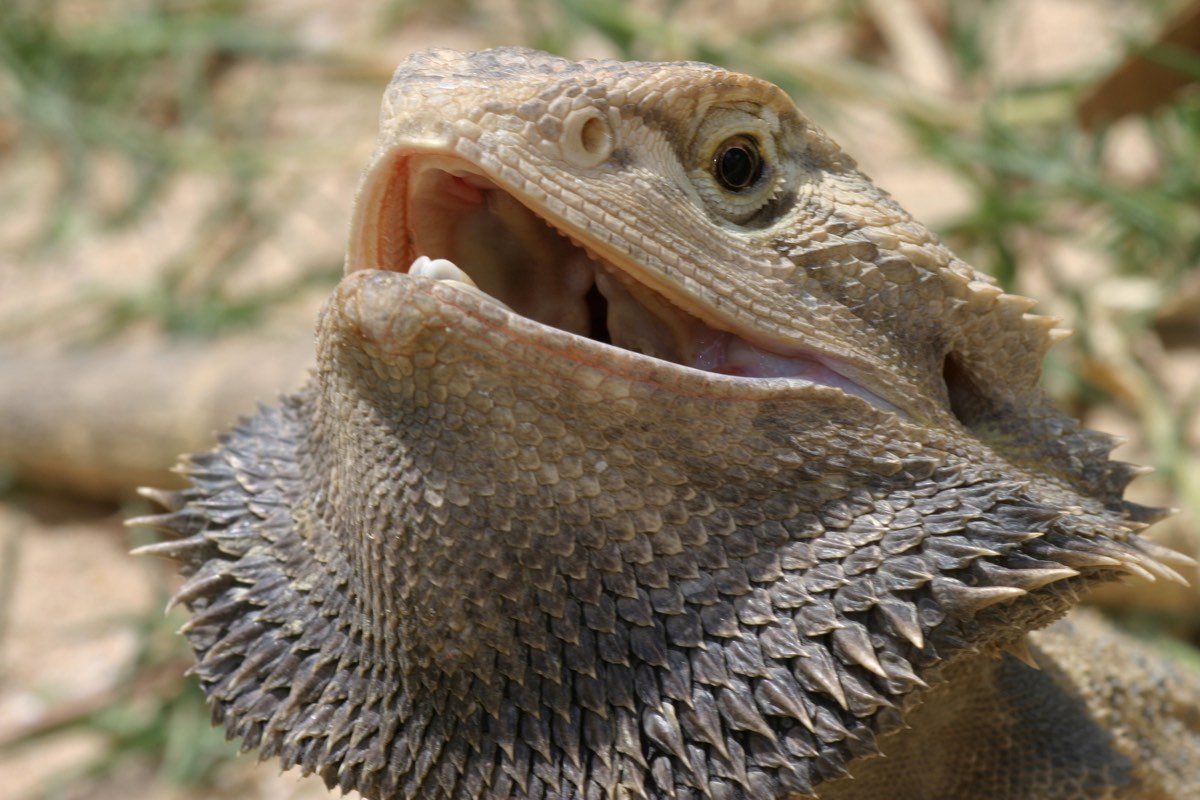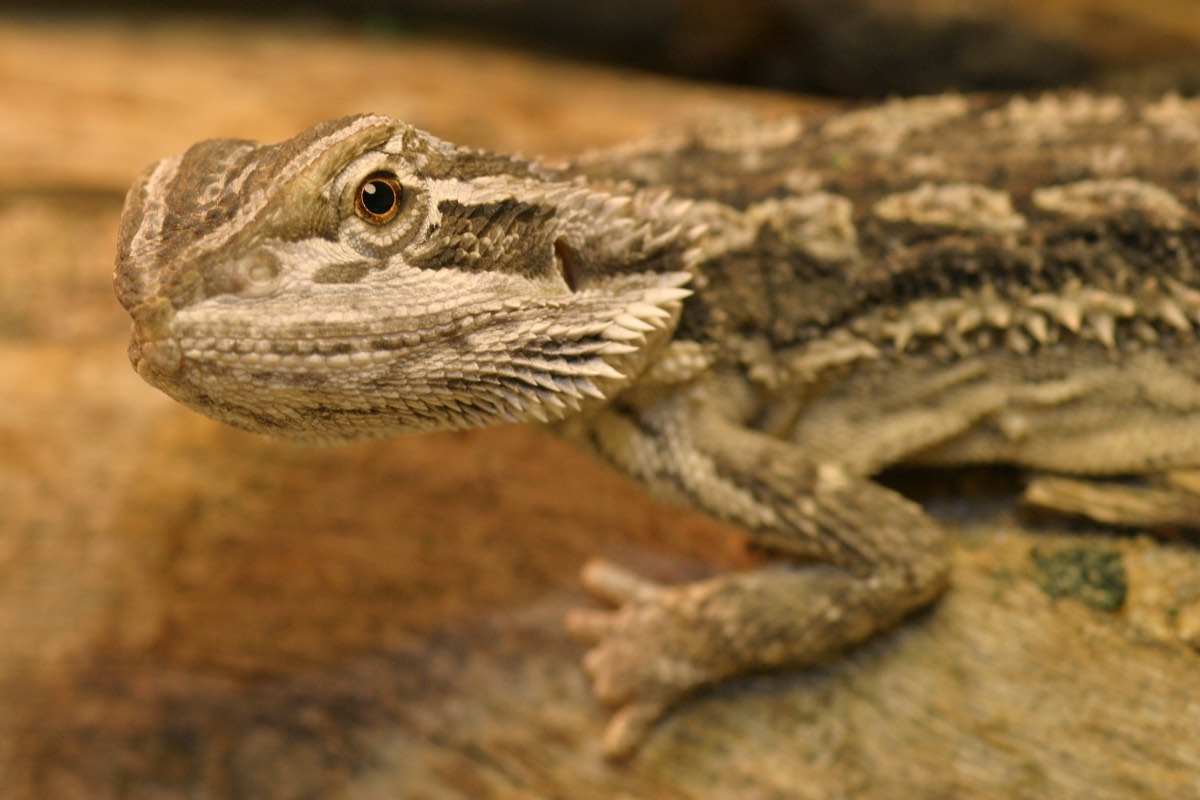Sex-Reversed Bearded Dragons Lay Eggs, Act Like Males

Bearded dragon babies that are genetically male but have the physical and reproductive traits of females have hatched in a lab in Australia. Personality-wise, these sex-reversed lizards show extra-masculine behaviors, the researchers find.
In some kinds of lizards, an individual's sex is determined by sex chromosomes, just as it usually is in humans. In other types of lizards, the temperature at which an egg develops determines sex. Occasionally, both genetics and environment play roles in determining the sex of a lizard.
Now researchers have found that combining male sex chromosomes with female-triggering temperatures can result in very unusual lizards. [See Photos of the Bearded Dragon Lizards]
"I'm intrigued by the notion that the simple, clear-cut division of animals into 'male' and 'female' may fail to capture the true complexity of the situation," said the study's senior author, Richard Shine, a behavioral ecologist at the University of Sydney.
Nesting bearded dragons
Scientists examined a kind of lizard known as the central bearded dragon (Pogona vitticeps). This reptile lives in arid to semiarid regions in eastern Australia and can grow up to about 20 inches (51 centimeters) long.

They incubated eggs from the lizards at various temperatures in order to produce some sex-reversed babies. In general, incubation temperatures higher than about 89.6 degrees Fahrenheit (32 degrees Celsius) transform genetically male reptiles into lizards that are functionally female — that is, capable of laying viable eggs. All in all, the researchers looked at 20 sex-reversed females, 55 ordinary males and 40 ordinary females.
The researchers not only examined physical traits such as body temperature and tail length, but also looked at behavior. For instance, they measured how active the lizards were by how often they moved their heads when inspecting a plastic container, and how bold the lizards were by measuring how long it took for them to emerge from a shelter into an open area.
Sign up for the Live Science daily newsletter now
Get the world’s most fascinating discoveries delivered straight to your inbox.
Female body, male mind
The scientists found that the sex-reversed reptiles resembled ordinary females, in that they were able to lay eggs and were thicker than males. Previous research has also found that such reptiles laid more eggs per year than did ordinary females.
However, despite their egg-laying ability and body type, sex-reversed female dragons resembled ordinary males when other characteristics were considered — such as warmer body temperature, for example. In fact, sex-reversed female dragons were even more masculine than ordinary males: They were more active and bold, and had longer tails than both ordinary males and ordinary females.
"With the appropriate mix of genetic heritage and early environment, we can produce a lizard that functions as a female but, as far as we can tell from simple measures, thinks like a male," Shine said.
This new research reveals some of the benefits and costs of each type of sex determination, and suggests why a species might switch from one to another depending on its circumstances. For example, in the case of the central bearded dragon, temperature-determined sex leads to sex-reversed females that are more active and bold than regular females; in some cases, this could help them find more food and survive better, while in other circumstances, it could make them more vulnerable to predators, the researchers said.
In the future, Shine would like to investigate the day-to-day lives of sex-reversed lizards in the wild. "How does sex reversal change a lizard's ecology and its social interactions, for example?" Shine said.
The scientists detailed their findings online June 8 in the journal Proceedings of the Royal Society B.
Original article on Live Science.










